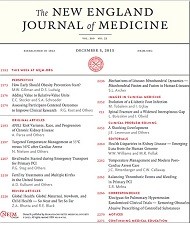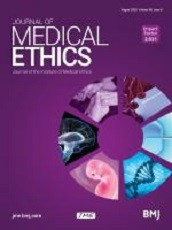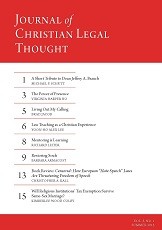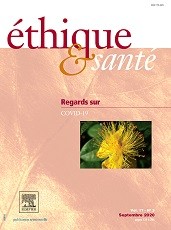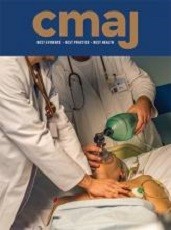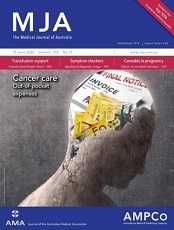Leonie Herx, Margaret Cottle, John Scott
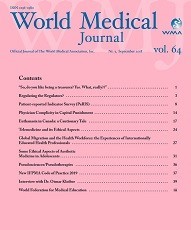
Extract
This paper will balance recent portrayals in the popular and medical media that imply only a positive impact as a result of the introduction of euthanasia into Canada’s health system [3–4]. Evidence will be presented to demonstrate that there are significant negative and dangerous consequences of this radical shift for medicine, and particularly for palliative medicine. These include the widening and loosening of already ambiguous eligibility criteria, the lack of adequate and appropriate safeguards, the erosion of conscience protection for health care professionals, and the failure of adequate over- sight, review and prosecution for non-compliance with the legislation. Indeed, what we have seen over the past four years is that “the slope has in fact proved every bit as slippery as the critics had warned” . . . Euthanasia is not the panacea that proponents promise. Its legalization and subsequent rapid normalization have had serious negative effects on Canadian medicine and on Canadian society as a whole. We urge the WMA and our colleagues around the world to look beyond the simplistic media reports and to monitor developments in Canada carefully and wisely before making any changes in their own country’s legal frame- work for medical practice.
Herx L, Cottle M, Scott J. The “Normalization” of Euthanasia in Canada: the Cautionary Tale Continues. World Medical Journal020. 2020;66(2):28-37.
